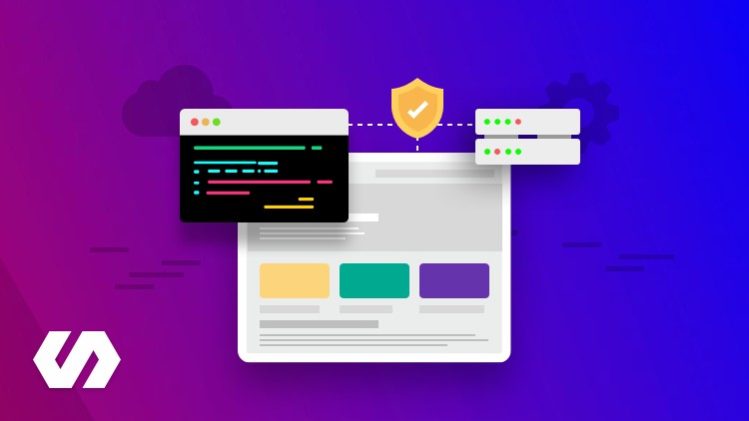Event-Based Architecture? Covered! Server side rendering with React? Yep. Scalable, production-ready code? Its here!
Microservices are the number one solution for building and scaling out apps that are intended to grow. Just one little issue: there are few resources online that delve into the most complex and nasty issues around them! I built this course to fix that. This course tackles every major issues around microservices head on. From challenges with data replication to confusing unordered event streams, every major challenge of building microservices is covered.
Beyond focusing on the basics of microservices, this course is a perfect introduction to the world of full-stack development. You will work all the way from the frontend, assembling a React app using Hooks, to the backend, including database design and deployment strategies. Every step along the way is covered in tremendous detail, with ample diagrams to ensure every step is crystal clear.
Many other resources show only the easiest, simplest apps written with microservices. This course does the opposite: we focus on the most challenging aspects of microservices, challenges that you will likely encounter every single day. You will see these difficulties first hand, then solve them with easy-to-understand strategies.
——————-
How This Course Works
This course doesn’t focus on using an off-the-shelf microservices framework. Many exist, but they hide the inner workings and challenges of microservices away from you. Instead, we will be using a minimal number of libraries, and write as much custom code as possible. This will expose you to challenging problems and clever solutions when handling subjects like async events!
What Technology You’ll Use
Because we are building a full stack application, we will use a variety of technologies. On the frontend, we’ll use React and Next JS to present content to users. Each service is created using Node and Express. Data for each service is held in either a Mongo database or Redis. The entire app is deployed and runs in Docker containers executed in a Kubernetes cluster. Finally, almost all of the code in this course is written with Typescript.
This is a scary list of technologies! Not familiar with some of these? No problem! The course is built assuming that you only know the basics of Javascript and Express. No other knowledge is needed – you will learn everything you need to know.
What You’ll Be Able to Do
By the time you complete this course, you will be able to:
-
Architect a multi-service application
-
Determine whether your app is a good fit for a microservices approach
-
Understand and solve the challenges in async, event-based communication between services
-
Use Docker and Kubernetes to deploy a multi-service app to any cloud provider
-
Organize and enhance the reusability of code in large projects
What You’ll Learn
An absolute incredible number of topics are covered in this course. Here is a partial list of what you’ll do:
-
Practice patterns to create scalable microservices for a variety of app domains
-
Build a Server-Side-Rendered React app using Hooks and Next JS
-
Write a custom implementation of an event bus
-
Optionally, run a development environment through a cloud provider
-
Guarantee consistently structured responses from your different API’s
-
See best practices in communication between different services
-
Configure and scale your services using Kubernetes Deployments
-
Document and enforce structure constraints on events shared across microservices
-
Limit access to your APIs using JWT-based authentication
-
And much more!
This is the course I wish I had when I was learning microservices. A course that focuses on the hardest parts, gives clear explanations, and discusses the pros and cons of different design options. Sign up today and join me in mastering microservices!

